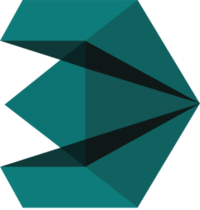+91-9350180451 +91-7827552837 Call Now!
- Home
- Our Mission
- Courses
- Software
- Services
- 3D Printer
- Admissions
- Contact
- Blog
3ds Max is a PC illustrations program for making 3D models, movements, and computerized pictures. It’s perhaps of the most famous program in the PC designs industry and is notable for having a vigorous toolset for 3D specialists.
A number one among game designers, TV plug studios, and draftsmen, 3ds Max is claimed via Autodesk, similar organization liable for programs like Maya and AutoCAD.
3ds Max is frequently utilized for character displaying and movement as well concerning delivering photorealistic pictures of structures and different items. With regards to displaying 3ds Max is unrivaled in speed and straightforwardness.
The product can deal with a few phases of the movement pipeline including pre-perception, design, cameras, demonstrating, finishing, fixing, liveliness, VFX, lighting, and delivering.
As quite possibly of the most generally involved 3D bundle on the planet, 3ds Max is an indispensable piece of numerous expert studios and makes up a huge part of their creation pipeline for games and films.

3ds Max is utilized in the computer game industry for making 3D person models, game resources, and movements.
With a proficient work process and strong demonstrating devices 3ds Max can save game craftsmen a lot of time.
Additionally famous for TV ads and film enhancements, 3ds Max is frequently used to produce designs for use close by surprisingly realistic work.
The films 2012 and Avatar both utilized 3ds Max along these lines.

Thanks to you, our students are gaining the knowledge, skills and values to create a more humane, just, and sustainable world.
